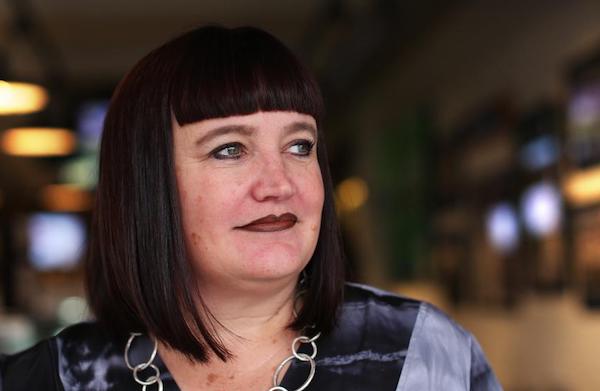Well it’s finally happened. We have a female boss set to head up and clean up, one of the four most popular sporting codes; Rugby Australia (formerly Australian Rugby Union).
Raelene Castle is expected to be formally announced as Rugby Australia new chief executive on Tuesday. She’s a former CEO of NRL’s Canterbury Bulldogs, and will take over from Bill Pulver in heading up the ARU.
Now I’m not a rugby player, or fanatic, more of a WAG really, still I know Castle’s appointment is a big deal, and a strategic one which could quite possibly be orchestrated as the fastest way to wipe the Rugby Australia’s slate clean and be seen trying to overcome all financial and boys club issues.
It comes at a time when appointing more “women” is trending. Slowly. But trending.
The former New Zealand Netball chief beat out former Wallabies captain Phil Kearns for the top job.
It’s a position which has been plagued by financial worries and most recently, the ARU axed the Perth Super Rugby franchise due to serious financial issues. This has since prompted a legal battle which is ongoing.
But Rubgy Australia said if they didn’t act to trim the number of Australian Super Rugby teams that they would have been insolvent by 2019.
Aside from those financial issues, the code has been known for it’s “boy’s club” business landscape, and there’s been many off field dramas that have tainted the code.
The big question now is can Castle turn around the code’s finances and also, what can she do for women’s rugby, particularly around bridging the gender pay gap?
Given that the Australian women’s rugby Sevens team won a gold medal in the Brazil Olympics last year, and more women’s rugby matches are being aired on national television, we are likely to see more of a focus on women.
We could see women’s rugby as a path to help improve the code’s finances and if that happens the gender pay gap addressed.
It’s not clear how much less Australian women get paid compared to the men, but it’s fair to say that the 15 per cent national gender pay gap is likely to be way short of the truth given the multi-million dollar contracts at play for the men.
Even the world’s highest paid female athlete Serena Williams earns less than her male peers, although it must be said that at least tennis pays it’s male and female athletes in the same stratosphere, according to this Forbes report.
To give you an idea, in New Zealand, which is considered best in the world for Rugby Union, a recent www.stuff.co.nz news article said that since the Olympics female players get retainers of $45,000 to $60,000, plus $2000 per international tournament.
The men’s top rate is higher, at $90,000, reflecting overseas competition for top male talent.
Arguably, overall viewership for men’s sporting events tends to be higher than for women’s sport. But many of those viewers are women, of which I am certainly one who may just watch rugby a bit more often now.


